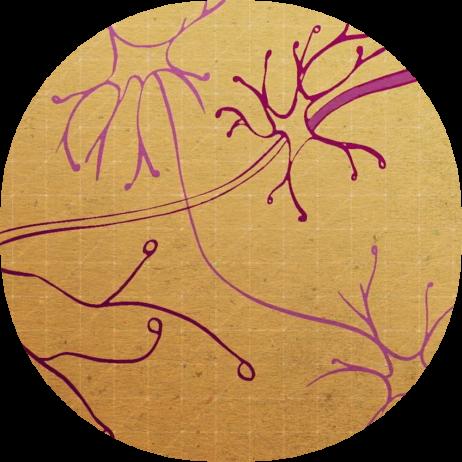Pain
Vertex is focused on discovering, developing and producing innovative medicines so people with serious diseases can lead better lives. Our scientists don’t see the impossible as an obstacle; they see it as a good place to start.
U.S. health care professionals, visit our Medical Portal to learn more.

Vertex is focused on discovering, developing and producing innovative medicines so people with serious diseases can lead better lives. Our scientists don’t see the impossible as an obstacle; they see it as a good place to start.
U.S. health care professionals, visit our Medical Portal to learn more.
About pain
What is pain? Pain is broadly defined as an unpleasant sensory and emotional experience associated with actual or potential tissue damage, and it can develop from a variety of physiological, pathophysiological and psychological conditions. As a result, pain is very common and is one of the most common reasons that people see a doctor.
There are many different types of pain.
Acute pain, which is defined as pain lasting <3 months and affects ~80 million adults in the U.S. each year. Due to limited treatment options, there is an unmet need in acute pain management to improve the patient experience and reduce the economic and societal burden.
Chronic pain, which is defined as pain lasting >3 months, can be the result of an underlying medical disease or condition, injury, medical treatment, or unknown cause. Peripheral neuropathic pain, or PNP, is a collection of chronic conditions, such as painful diabetic peripheral neuropathy (DPN), painful lumbosacral radiculopathy (LSR), painful small fiber neuropathy and trigeminal neuralgia. Painful DPN and LSR are two of the largest conditions within the estimated 10 million patients who are prescribed a medicine for peripheral neuropathic pain every year in the U.S. and is a significant area of unmet need for patients suffering from pain.
The nervous system is responsible for how the body senses, transmits and interprets pain. Pain is typically initially detected by specialized sensory nerve cells in the body called nociceptors. The pain signal is then transmitted through these sensory nerves to neurons in the spinal cord that carry the signal to the brain, where it is processed and perceived as pain.
How is pain assessed? There are many considerations involved in defining pain including the character, quality, location, radiation, alleviating/aggravating factors and severity. The Numeric Pain Rating Scale (NPRS) is a means of measuring the attribute of pain severity.
The Vertex approach
We continue to discover, research and develop a portfolio of potential medicines for the treatment of both acute and chronic pain, including chronic neuropathic pain. By selectively inhibiting the specific channels validated by human biology, we hope to alleviate pain.
Pipeline
These programs are investigating treatments or outcomes that have not all received approval from a health authority. The information presented is not intended to convey conclusions of safety or efficacy. There is no guarantee that the outcome of these studies will result in approval by a health authority.
Our studies
For more information about our pain studies in the U.S., visit our clinical trials website. For information about non-U.S. sites, visit clinicaltrials.gov.
US health care professionals
Click the button below to visit the Vertex Medical Portal and learn more about acute pain:


